- Diversity policies
- Structure
- Facilitation of women’s active engagement (women in management positions and women new graduates hired for generalist-track positions)
- Recruitment of people with disabilities
- Mid-career recruitment
- Employees of nationalities other than Japanese
- Foreign technical interns
- LGBTQ
- Improvement of work-life management (support for people balancing work and childcare)
- Improvement of work-life management (support for balancing work and nursing care)
- Health and productivity management
- Data
Diversity policies
The Oji Group asks all employees to uphold core common values, including the Management Philosophy, Purpose and Human Resource Philosophy.
The Oji Group is also facilitating inclusion and diversity with a view toward energizing individuals and the organization. We aim to fully leverage each employee’s diverse values, ideas and abilities and enable them to facilitate each other’s growth, regardless of attributes such as race, nationality, ethnicity, place of origin, thoughts and beliefs, values, religion, age, gender, sexual orientation, sexual identity, ability, social status or social position. This ultimately strengthens the Group’s competitiveness.
Specific policies include the development of the abilities and careers of diverse human resources, the improvement of work-life management (diverse working styles and health and productivity management), and changing the mindsets and behaviors of each employee and changing manager’s management methods to encourage the growth and evolution of subordinates. We also conduct awareness surveys to collect data used as indicators in the evaluation of our activities.
Structure
Group-wide policies and targets for facilitating diversity are shared at Sustainability Committee meetings every six months. We have also appointed the Group CEO to be the Chief Health Officer to work on health and productivity management.
Facilitation of women’s active engagement (women in management positions and women new graduates hired for generalist-track positions)
We have been working toward a target of 5.5% female managerial representation (as of the end of March 2025) across 16 domestic consolidated subsidiaries. However, the actual result reached only 4.9%. To further promote women's participation and advancement, we have expanded the scope to 20 companies and set a new target of 8.5% by the end of March 2031. In addition, for the recruitment of new graduate career-track employees at major Oji Group companies, we have centralized the hiring process at Oji Management Office Co., Ltd. to ensure the acquisition of top talent and improve operational efficiency. For research and administrative positions, we have set a target of 50% female representation. Furthermore, we are actively promoting the recruitment of women for plant engineering positions, which are essential for transforming our business portfolio, in order to secure future candidates for female managerial roles. Aiming to eliminate the gender gap in employee development, we provide training such as career building training for generalist-track employees to develop the men and women that are employees with management potential. In addition, the measures we have taken to help employees balance work and childcare include the opening of the Nepia Sodaterrace daycare in Edogawa-ku, Tokyo, and the offering of daycare subsidies for employees who are returning to work after childcare leave.
In addition to helping employees balance work and childcare as explained above, the goal of the Nepia Sodaterrace daycare facility is to address the issue of children on daycare waiting lists, which is a part of the Group’s fulfillment of its responsibilities to society as a corporation. Not only our Group employees but also local residents can use the daycare facility (As of the end of March 2025, six children of employees and fifteen children of local residents are using the nursery).
Oji Group’s target (as of the end of March 2031
for 20 Oji Group companies)
8.5%
Actual result as of the end of March 2025: 5.4%
Recruitment of people with disabilities
We proactively recruit people with disabilities. This includes the July 2007 establishment of Oji Clean Mate, a special-purpose subsidiary staffed primarily by people with mental disabilities. The people with disabilities employment rate is 2.55% as of June 1, 2025, for the six major companies in the Group (including Oji Holdings) subject to special treatment for related companies, achieving the statutory employment rate (2.5%). We will continue to further expand our employment of people with disabilities.
People with disabilities employment rate
| FY2017 | FY2018 | FY2019 | FY2020 | FY2021 | FY2022 | FY2023 | FY2024 | |
|---|---|---|---|---|---|---|---|---|
| Six applicable Group companies in Japan (%) | 2.03 | 2.17 | 2.27 | 2.31 | 2.35 | 2.51 | 2.48 | 2.55 |
| Group companies in Japan (%) | 1.83 | 1.91 | 2.01 | 2.04 | 2.10 | 2.20 | 2.19 | 2.36 |
Mid-career recruitment
To secure human resources who can promptly realize the Group’s management strategies, we have been recruiting employees mid-career. In FY2024, the Group hired 62 employees mid-career through Oji Management Office Inc., and 26 of them are playing active roles as managers. We will continue to hire a certain number of employees mid-career and place them in managerial positions. In addition, we will leverage alumni human resources (employees who rejoin the Group after leaving for reasons other than mandatory retirement) by professionally advancing those who gained effective outside experience.
Employees of nationalities other than Japanese
To achieve diversity, we position the development of global human resources as an important theme. To secure talented human resources, all new graduates hired for generalist-track positions in major Oji Group companies in Japan are recruited by Oji Management Office Inc. In April 2025, two generalist-track employees whose nationalities were other than Japanese were hired as future candidates for management positions in Group companies in Japan. We will continue to hire a certain number of non-Japanese employees, and we will place them in managerial positions. As of March 2025, there are 26 generalist-track employees of nationalities other than Japanese. Fourteen of them are managers whose jobs include the operation and management of the local businesses of overseas Group companies. In addition, we strive to create an environment that encourages each employee to demonstrate their abilities, such as an environment that enables non-Japanese employees to communicate with each other and easily consult with HR representatives.
Of the approx. 38,000 Oji Group employees, 58.5% (as of the end of March 2025) are employees of overseas Group companies. The corporate managers and employees in managerial positions of those companies are mainly locally hired personnel. In 2019, we appointed a non-Japanese employee as a Corporate Officer.
Foreign technical interns
The Group recruits a large number of foreign technical interns (including employees hired by local companies outside Japan) from countries such as Vietnam and Thailand in its corrugated container and folding carton processing businesses. The internships are run appropriately.
LGBTQ
Building upon the Oji Group Charter of Corporate Behavior and the Oji Group Code of Conduct, we created the Oji Group LGBTQ Handbook (only available in Japanese) with the goal of developing a workplace environment in which diverse human resources, including people who identify as a member of a sex or gender minority, can play active roles within the Oji Group. In addition, an internal consultation service for members of sex or gender minority groups (for all Oji Group employees) was established on April 1, 2024.
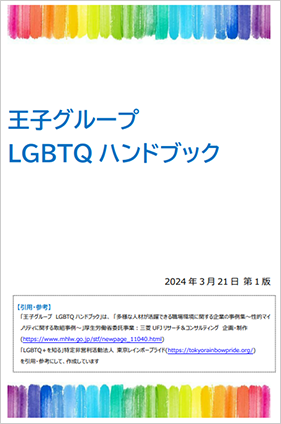
Improvement of work-life management (support for people balancing work and childcare)
We are introducing various systems that enable employees with childcare responsibilities to continue to actively participate in their work.
Main initiatives to support people balancing careers and childcare that go beyond requirements *1
- Maternity leave*2 : 6 weeks before childbirth (14 weeks for multiple pregnancies) and 8 weeks after childbirth
- Day-care center subsidies for employees who return to work after taking childcare leave
-
Shortened work hours for childcare (shortening work hours to a minimum of six work hours per day until the end of the first year of elementary school)
- Paternity leave system for male employees (five consecutive days of fully paid leave, target: 100%)
- Hourly use of accumulated annual leave (for childcare/nursing care)
- Leave system for employees that must leave work to accompany their spouses who are transferred overseas
- Return-to-work program for employees resigning due to childbirth, childcare, nursing care, etc.
- Childbirth leave for spouses (a maximum of three days)
- *1 Oji Holdings, Oji Imaging Media, Oji Green Resources, Oji Paper, Oji Management Office
- *2 regular employees: 80% of wages paid by the company during the leave period
- contract employees and Others: unpaid during the leave period
Support before and after childcare leave
To help our employees of any gender before and after childcare leave improve their work-life management, we meet with employees and hold seminars to create opportunities to communicate. The seminars on balancing work and childcare are open to both men and women, and they are good opportunities to get a better sense of how to balance childcare and your career.
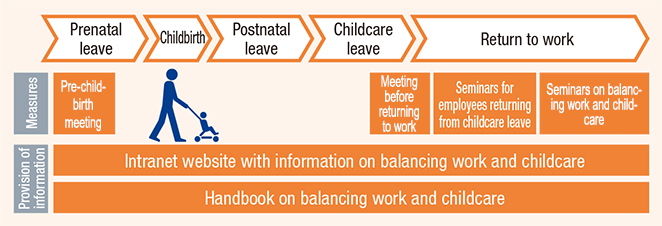
Information Service
We provide a variety of information on work-life management, including information about the company's system, in the handbook on balancing work and childcare and on the portal site.
Percentage of Male Employees Taking Childcare Leave
The Oji Group’s target for the percentage of male employees taking childcare leave is 100% for the 16 consolidated companies in Japan with 301 or more employees. Accordingly, we actively encourage men to engage in housework and childcare. In FY2023, the percentage was 115.9%, including manufacturing sites where employees work in three shifts.
Men's active participation in childcare is expected to not only strengthen their relationships with their families, but also to provide new perspectives on their work and improve their productivity by enabling them to work more efficiently.
We are particularly focused on encouraging people to use our unique childcare-related leave system for men (providing five or more consecutive days of leave), with the goal of achieving a 100% take-up rate. As a result of continuous efforts such as informing workplaces of the birth of a new child, posting posters throughout the company, and introducing stories on the portal site, not only has the percent of leave taken increased, but also people’s awareness that it is normal for men to take paternity leave has been increased in each workplace, which is a significant change.
To create a comfortable work environment for everyone, it is also important for supervisors and colleagues in the workplace to reenforce people’s ability to have diverse values and lifestyles. Through this initiative, we aim to develop better work styles and a better workplace culture.
Meeting with a male employee who took childcare leave and his supervisor (1)
The person taking childcare leave
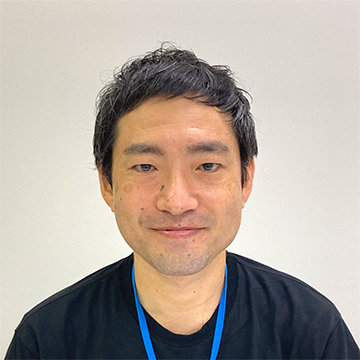
Industrial Materials Company
1. How did you feel about taking childcare leave?
It was the year I spent the most time with my family. It was a precious opportunity to see my child grow every day, and I'm really glad I could take it. I've managed to get through the hecticness of everyday life by improving my domestic skills and creating a system for while on childcare leave.
2. What is important in your everyday domestic and childcare duties?
We adjust the division of household chores every 3 to 6 months depending on our busy periods at work and the growth of our child. We also try to reduce the amount of housework by actively acquiring convenient appliances and to reduce the amount of parenting work by increasing the number of things that children can do.
3. What work arrangements have you made to help you balance work and family life?
I regularly inform my boss about my family situation and how much I can do regarding business trips and overtime.
I plan my schedule assuming that I cannot work overtime.
To prepare for times when its not possible for me mor my spouse to take time off, we have registered with a family support service and a childcare service for sick children.
Supervisor
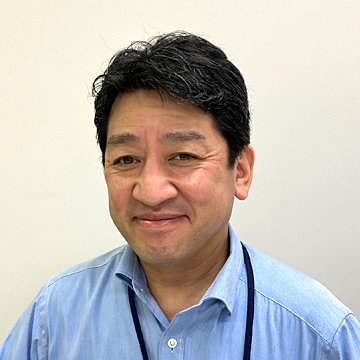
Industrial Materials Company
1. Were there any preparations or innovations at work leading up to your subordinate taking leave?
As he was planning to take a long period of leave, I prepared to ensure that work would not be disrupted by doing things such as passing responsibilities to the head office of the client he was in charge of, notifying the sales staff of each group company of the change in personnel and saying goodbye to the client.
In the months leading up to his taking leave, I adjusted their workload by having him take charge of short-term themes that could be completed by the time he took leave.
2. Did the way you and your colleagues work change after his child was born?
After he took paternity leave, he mainly came home on time to share the housework and parenting duties with his wife, but I think he was able to return to work smoothly thanks to my efforts to improve the accuracy of the work schedule to increase productivity during working hours, as well as the consideration I showed to those around me and the consideration I received from those around me.
In addition, my attitude had a positive impact on the workplace.
Interview with a male employee and his boss who took childcare leave (2)
The person taking childcare leave
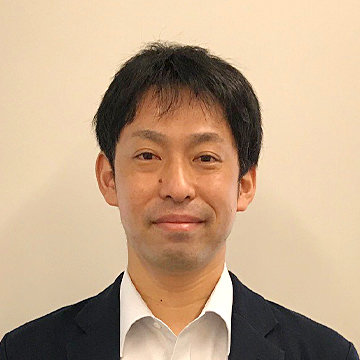
Corporate Management Group
1. How did you feel about taking childcare leave?
I felt very happy to be able to care for my child with my wife and experience the joy of having a new member of the family.
However, I also felt that it was tough for my wife to have to look after the child on her own while I was at work.
2. What is important in your everyday domestic and childcare duties?
I try to do more and more of the housework and childcare that I can do.
When I'm at home, I try to play with my children a lot so that my wife can rest.
I always try to tell my wife how grateful I am.
3. What work arrangements have you made to help you balance work and family life?
My lifestyle has changed to “wake up early in the morning and go to bed early at night” to match my children's daily rhythm, so I try to get to work early and leave work as early as possible.
Supervisor
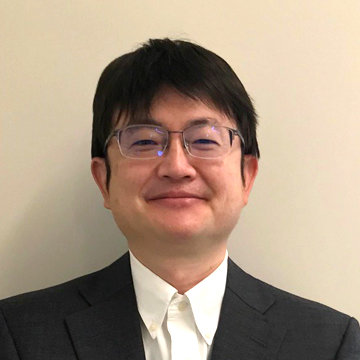
Corporate Management Group
1. Were there any preparations or innovations at work leading up to your subordinate taking leave?
The employee consulted with the office about the leave period etc. in advance, so we were able to consider a system for following up on work in advance, and we were able to handle the work without any problems even during the leave period.
I think one of the reasons we were able to handle it well was that many people in the office were raising children, and there was already an understanding of supporting the balancing of work and childcare, including among those who were not raising children.
2. Did the way you and your colleagues work change after his child was born?
The birth of his child has made him even more enthusiastic about his work. I think he is successfully balancing work and childcare by making good use of things like flexible working hours, for example, to accompany his child to regular check-ups.
We have reviewed the work that was previously only handled by him so that it can be handled as a team by the members of the workplace.
I think we have also established a system that allows the whole workplace to balance work and childcare.
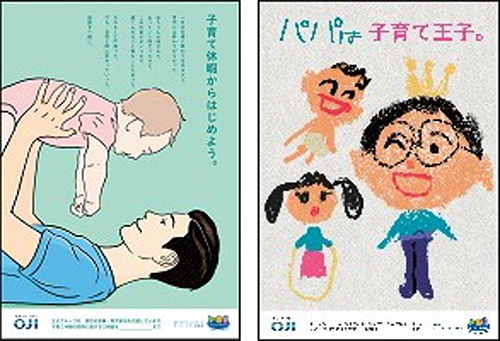
Company-Managed Childcare Facility
The Group operates Nepia SODATERASU, a daycare located adjacent to a Group housing facility in Edogawa-ku, Tokyo, with the goals of helping employees maintain a healthy balance between childcare and work, encourage women’s active participation in work, and contributing to the elimination of latchkey children as a part of our fulfilling our responsibilities to society as a corporation.
The name SODATERASU encompasses three ideas, sodate (to raise children (carefully and soundly)), terasu (illuminate (the future brightly)), and terrace (safe play on the daycare playground), to symbolize a daycare where children are raised with cheerfulness and peace of mind. In addition to employees, local residents can use the daycare, using the child care support systems implemented by the Cabinet Office.


Overview Of SODATERASU
| Date opened | April 2, 2018 |
|---|---|
| Days open | Weekdays excluding Saturdays, Sundays and public holidays |
| Location | 5-13-51 Minamishinozaki-cho, Edogawaku, Tokyo (area adjacent to a Group condominium and a Group company location) |
| Hours | 7:00 - 20:00 |
| Capacity | 30 children |
| Children’s ages | From 57 days to two years old (as of April 1) |
| Customers |
|
Improvement of work-life management (support for balancing work and nursing care)
The Oji Group has introduced various systems that enable employees with nursing care responsibilities to continue to actively participate in their work.
Main Initiatives*
- Nursing care leave (one-year leave, divisible into up to 12 parts)
- Shortened work hours for nursing care (people working at least six hours per day may work shorter hours as necessary for two or more periods of time over three years)
- Hourly use of accumulated annual leave (childcare, nursing care)
- Return-to-work program for employees resigning due to childbirth, childcare, nursing care, etc.
- Priority guidance regarding monitoring services for the elderly
- * Oji Holdings, Oji Imaging Media, Oji Green Resources, Oji Paper, Oji Management Office
Provision of information
Oji Group provides information to eliminate employees’ doubts and apprehension concerning family nursing care, with the goal of enabling them to provide nursing care and work at the same time.
Main Initiatives
- Web handbook on balancing work and nursing care
- Seminars on balancing work and nursing care
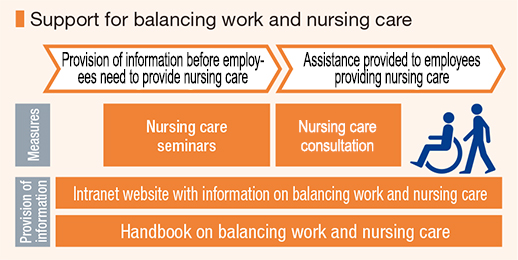
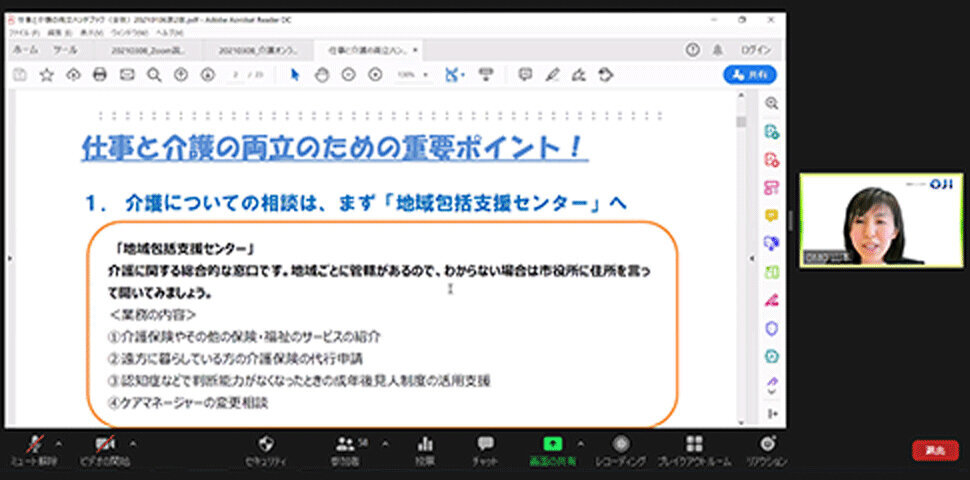
Health and productivity management
Policy
The Oji Group is working on health management as one of its initiatives for safety, the environment and compliance, which are the top priorities of management and the most important issues they must address.
Oji Group Health Declaration
In accordance with our fundamental principle, “A company’s strength originates from human resources,” the Oji Group believes that the Group's growth is enabled by the good physical and mental health of every single employee and a working environment that encourages employees to actively display their potential.
We will continue our efforts to ensure the good health of all employees of the Group and create a safe, comfortable working environment, aiming to be a corporate group that achieves sustainable growth and contributes to society.
October 2020
Hiroyuki Isono
Representative Director of the Board
President and CEO
Oji Holdings Corporation
Health Management Strategy Map
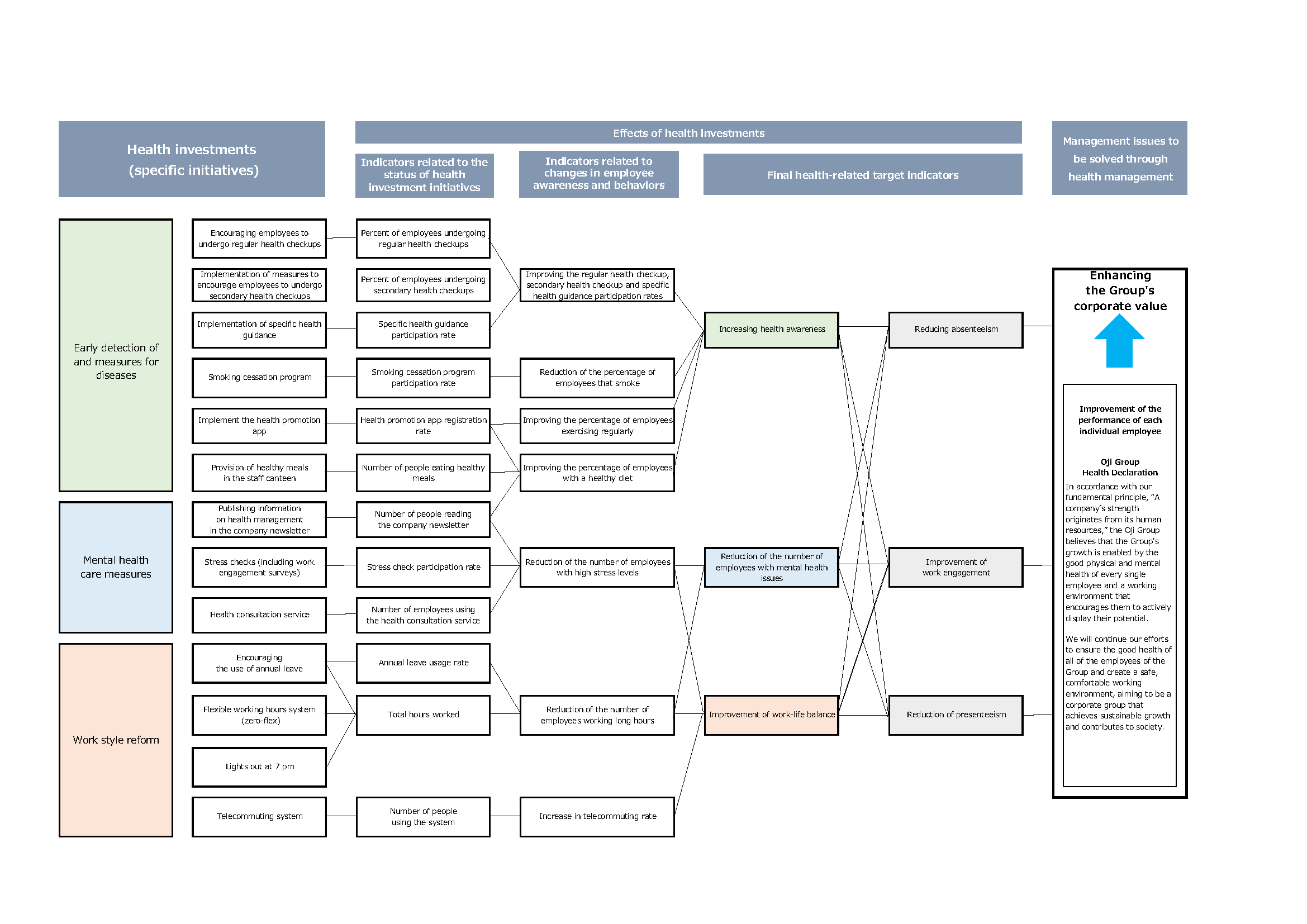
Aims to achieve and Problems concerning the Oji Groupʼs health and productivity management
- Risk of employees contracting lifestyle-related diseases
- Risk of employees contracting diseases caused by overwork
- Leaves of absence due to mental health problems
Structure
In October 2020, the Oji Group established the Oji Group Health Declaration and it is managing health under the supervision of its Chief Health Officer (CEO). The company, the Oji Group's health insurance association, labor unions and industrial physicians at each business site are working together to facilitate employee health improvement activities.
Numerical Targets and Results
Percentage of employees who undergo health examinations: 100% (target)
| FY2022 | FY2023 | FY2024 |
|---|---|---|
| 100.0% | 98.9% | 100.0% |
- *Results in each fiscal year (Oji HD, Oji MO)
Percentage of employees who undergo stress checks: 100% (target)
| FY2022 | FY2023 | FY2024 |
|---|---|---|
| 96.0% | 94.7% | 98.5% |
- *Result in each fiscal year (Oji HD, Oji MO)
Work engagement*
| FY2022 | FY2023 | FY2024 |
|---|---|---|
| 2.6 | 2.6 | 2.7 |
- *Measured using responses to two items related to work engagement in the new Brief Survey on Occupational Stress (80-item shortened version): “I feel full of vitality when I'm working” and “I feel proud of my work.”
Average score for all employees for these two items (4 = agree, 3 = somewhat agree, 2 = somewhat disagree, 1 = disagree).
Initiatives
Regular Health Examinations
The Group provides regular health examinations (with statutory examination items) at least once each year. In addition, major Group companies collaborate with the health insurance union to provide employees aged 35 and older with screenings for lifestyle-related diseases and various cancer tests (tumor markers, abdominal ultrasound, mammography), as well as VDT syndrome examinations. The results of these examinations are used in detailed follow-ups conducted to detect and treat health problems at an early stage in collaboration with industrial physicians.
Health Consultation Office
The Group established the Oji Group Health Consultation Office, where employees and their family members have access to doctors and counselors who provide advice either by telephone or online, on the various health problems that employees and their family members may encounter, including mental health problems due to interpersonal work relationships, etc.
The Group also established a nationwide system that enables employees to use by-appointment face-to-face counselling services provided by specialized counselors. The Group provides employees who have used this service with a wide variety of support programs in consideration of the specific details of their issues.
Stress Checks
In accordance with the law, The Oji Group ensures that employee stress check tests are conducted once annually. It is recommended that employees with high stress levels receive face-to-face guidance from doctors individually via an external service provider to which we outsource the administrative tasks for the implementation of the stress checks.
Regarding the results of stress checks, the Group holds meetings, including reporting seminars, that include responsible personnel from Group companies and divisions as well as people responsible for the administrative tasks for the implementation of the stress checks. At these meetings, feedback regarding organizational analyses and the encouragement of improvements to work environments is provided.
Vaccination of Expatriate Employees before Dispatch
The Group recommends that employees who are to be dispatched to countries with a high risk of infectious diseases and their accompanying family members receive the vaccinations recommended by the Ministry of Health, Labor and Welfare (hepatitis A and B, tetanus, rabies, Japanese encephalitis, polio, yellow fever, measles/rubella and typhoid) depending on their destination, thereby preventing infection during their work abroad.
Providing Information to Employees
We actively provide information to create an environment in which employees can work with peace of mind by distributing the Handbook for Balancing Work and Medical Treatment and holding seminars to improve knowledge of mental health issues.
Utilization of a Health Promotion App
We have introduced a health promotion app to enable each employee to proactively engage in health improvement activities. We encourage behavioral changes among employees through daily tracking of steps, diet, weight, sleep duration, and other metrics. We are implementing initiatives such as hosting walking events that utilize the app to encourage its use.
External evaluation
MSCI Japan Empowering Women (WIN) Index
In June 2024, Oji was selected to be a constituent of the MSCI Japan Empowering Women (WIN) Index, an ESG index established by MSCI Inc. that has been used by the Government Pension Investment Fund (GPIF) for seven consecutive years.
Eruboshi certification received in line with the Act on Promotion of Women’s Participation and Advancement in the Worksite
Since December 2017, Oji Holdings has been granted Eruboshi (grade 3, the top grade) certification by the Minister of Health, Labor and Welfare in recognition of its efforts to facilitate women’s participation in the workforce and the advancement of their careers.

Health and Productivity Management Organization Recognition Program
On March 2025 Oji was recognized under the 2025 Certified Health and Productivity Management Organization Recognition Program (Large Enterprise Category) administered jointly by the Ministry of Economy, Trade, and Industry (METI) and the Nippon Kenko Kaigi. (Scope: Oji Holdings and Oji Management Office)
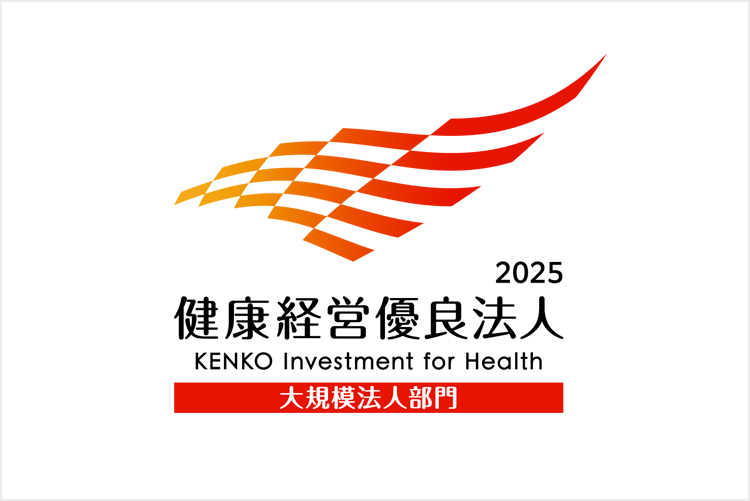
Data
Employee data
*All figures are for fiscal 2024.
*Oji HD: Oji Holdings (non-consolidated)
*5 companies: Oji Holdings, Oji Management Office, Oji Imaging Media, Oji Green Resource, Oji Paper
- All figures are for fiscal 2024.
- Oji HD: Oji Holdings (non-consolidated)
- 5 companies: Oji Holdings, Oji Management Office, Oji Imaging Media, Oji Green Resource, Oji Paper
Number of full-time employees
|
|
Total (Male and Female) | female | |||
|---|---|---|---|---|---|
| Oji HD | Total for 5 companies | Oji HD | Total for 5 companies | ||
| Number of Full-time employees | 423 | 2,912 | 108 | 313 | |
| Percentage who are women | 25.5% | 10.7% | |||
|
Number of employees by age group
|
Under 30 | 72 | 374 | 37 | 81 |
| 30s | 71 | 529 | 29 | 59 | |
| 40s | 93 | 681 | 18 | 60 | |
| 50s | 129 | 1,157 | 21 | 100 | |
| Over 60 | 58 | 171 | 3 | 13 | |
Average number of years employed for full-time employees
| Oji HD | Average of 5 companies | |
|---|---|---|
| Men | 19 | 23 |
| Women | 11 | 15 |
| Percentage difference in average number of years employed between female and male | -42.1% | -34.8% |
Number of new employee hires
| Oji HD | Total for 5 companies | |
|---|---|---|
| Number of new graduate recruitment | 20 | 71 |
| Women | 10 | 20 |
| Number of mid-career recruitment | 37 | 123 |
| Women | 11 | 24 |
| Total number of people recruited | 57 | 194 |
| Women | 21 | 44 |
| Percentage who are women | 36.8% | 22.7% |
Number of Corporate Officers(in top management positions)
| Oji HD | |
|---|---|
| Number of Corporate Officers | 29 |
| Women | 5 |
| Percentage who are women | 17.2% |
Number of management positions and new appointments
| Oji HD | Total for 5 companies | |
|---|---|---|
| Number of management positions | 246 | 720 |
| Women | 32 | 59 |
| Percentage who are women | 13.0% | 8.2% |
| Number of new appointments | 11 | 31 |
| Women | 2 | 4 |
Number of Management Positions by Role
| Oji HD |
Total for 5 companies
|
|
|---|---|---|
| Equivalent to General Manager or above | 48 | 134 |
| Women | 2 | 5 |
| Percentage who are women | 4.2% | 3.7% |
| Equivalent to Manager or above | 172 | 479 |
| Women | 29 | 52 |
| Percentage who are women | 16.9% | 10.9% |
| in revenue-generating functions | 90 | |
| Women | 10 | |
| Percentage who are women | 11.1% |
Number of assistant managers
| Oji HD |
Total for 5 companies
|
|
|---|---|---|
| Number of assistant managers* | 61 | 788 |
| Women | 23 | 38 |
Employees in STEM-related positions
| Oji HD | Total for 5 companies | |
|---|---|---|
| Men | 309 | 2,252 |
| Women | 81 | 153 |
| Percentage who are women | 26.2% | 6.8% |
Employee ratio by nationality
| Total for 5 companies | management positions | |
|---|---|---|
| Japan | 99.69% | 99.31% |
| China | 0.10% | 0.14% |
| Taiwan | 0.07% | 0.28% |
| Vietnam | 0.03% | 0.14% |
| Canada | 0.03% | 0.14% |
| Korea | 0.03% | 0.00% |
| Nepal | 0.03% | 0.00% |
Number of full-time employees who left the company
| Oji HD | Total for 5 companies | ||
|---|---|---|---|
| Number of employees who left the company | Men | 13 | 106 |
| Women | 4 | 11 | |
| Total employee turnover rate | 4.0% | 4.0% | |
| Number of voluntary resignations | Men | 7 | 73 |
| Women | 4 | 9 | |
| Voluntary employee turnover rate | 2.6% | 2.8% |
